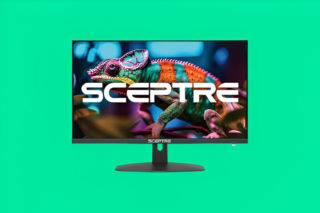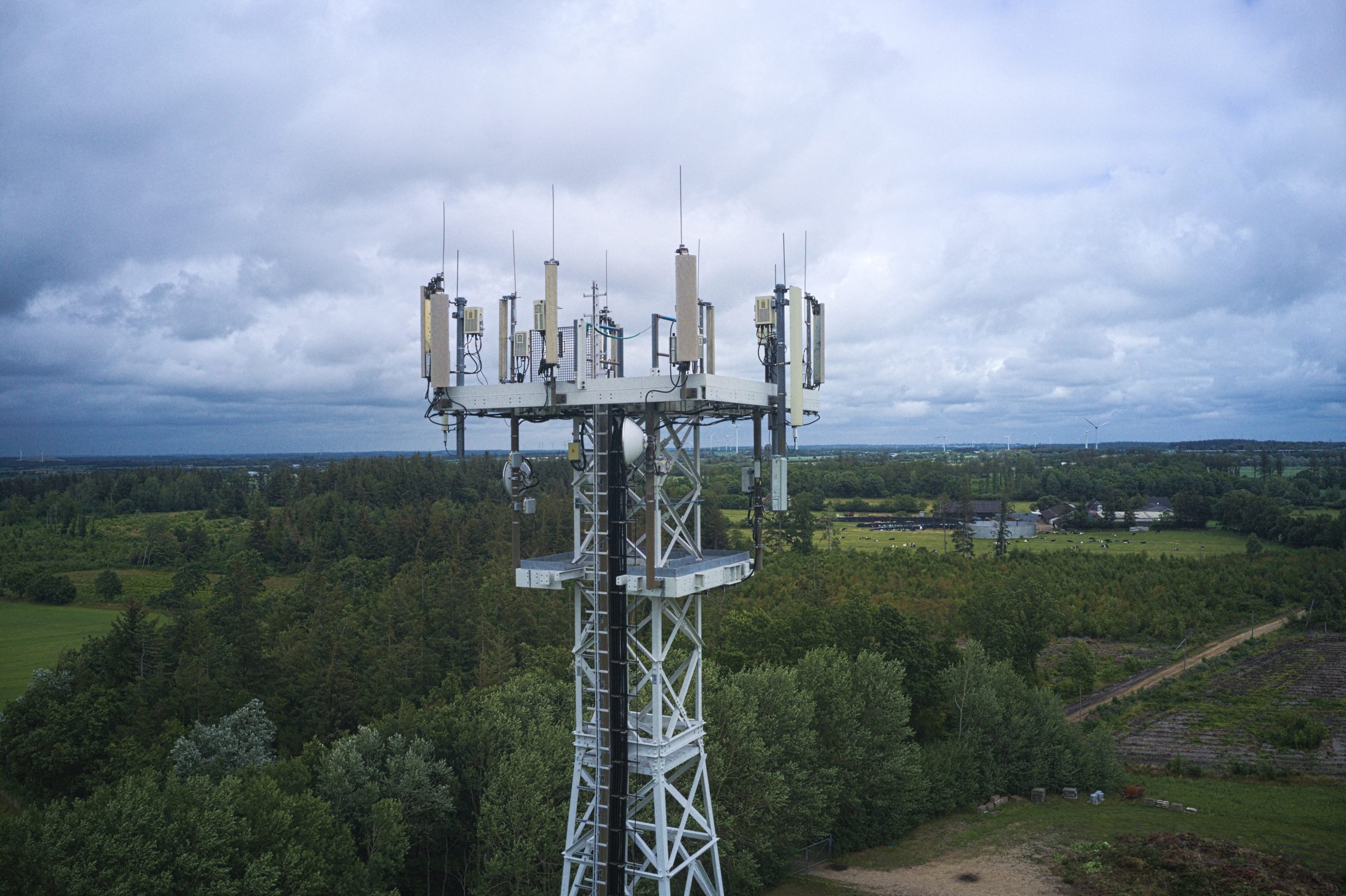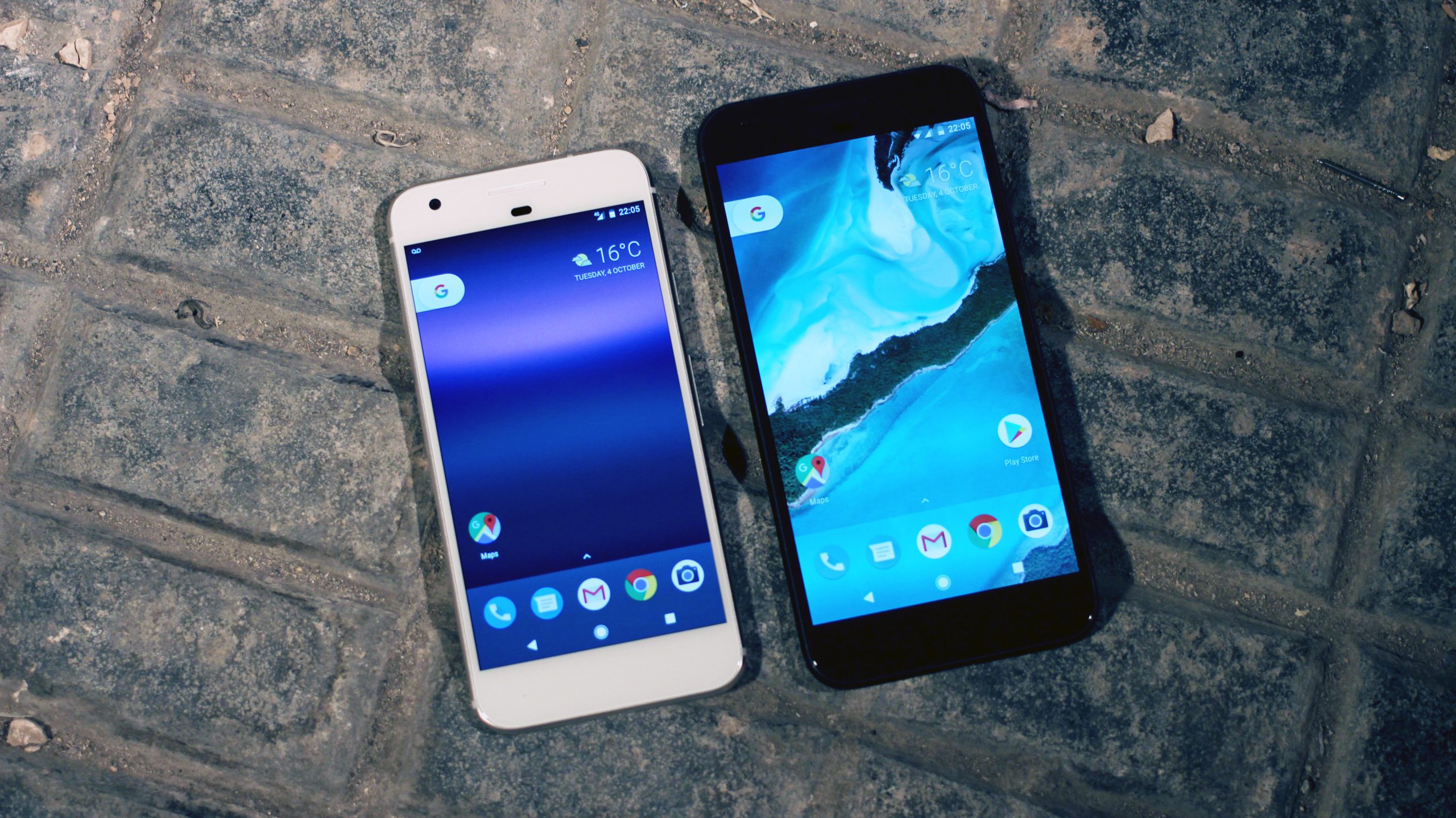Remember when Amazon just sold books? Now the retail titan has officially claimed its territory among the stars, as Project Kuiper‘s inaugural batch of 27 internet satellites thundered into orbit Monday aboard a ULA Atlas V rocket.
From Shopping Cart to Orbital Charts
The Cape Canaveral launch transforms Amazon from an earthbound retail giant to a space-faring connectivity provider in one fiery ascent. Much like when Nintendo pivoted from playing cards to video games, Amazon’s cosmic expansion represents an evolution few could have imagined when Jeff Bezos was still boxing books in his garage.
Amazon founder Jeff Bezos has said there is “room for lots of winners” in the satellite internet space, and his company has claimed it is more focused on “unserved and underserved communities around the world.”
The company called the launch “a historic milestone for Project Kuiper” – understated corporate language that barely contains what must be enormous excitement after years of preparation and investment.
The Space Internet Championship Belt
SpaceX currently dominates the satellite internet market with approximately 7,900 Starlink satellites already launched, and over 6,700 operational units orbiting Earth, according to Space.com. Amazon arrives fashionably late to this orbital party (you know that friend who shows up when everyone’s already three drinks in), but brings substantial resources that could reshape the competitive landscape.
Industry analysts suggest Amazon’s established customer base and cloud infrastructure provide significant advantages for rapid adoption once the service becomes available, despite SpaceX’s considerable lead in deployment.
Not Your Dial-Up-Era Satellite Internet
Forget those painful satellite connections from the early 2000s that made downloading a single song feel like waiting for continental drift. Project Kuiper’s low-Earth orbit position—just 590 kilometers overhead, according to Spaceflight Now—is expected to deliver significantly reduced latency compared to traditional satellite internet.
Amazon projects performance that could rival terrestrial broadband options, though actual speeds will depend on user terminals and network capacity. (Think of it as the difference between shouting to someone across the street versus across the Grand Canyon.)
Connecting Earth’s Final Frontier
For approximately 37% of humanity—nearly 3 billion people—still living offline according to International Telecommunication Union estimates, these competing satellite constellations represent their best hope for digital inclusion. Each new Kuiper satellite that reaches orbit potentially connects thousands of previously isolated communities.
The race to connect the next billion internet users represents both a humanitarian opportunity and a vast untapped market for companies like Amazon and SpaceX. Their success could fundamentally alter how remote and rural communities access digital services, especially as SpaceX expands its direct-to-cell satellite capabilities, bridging connectivity gaps that traditional infrastructure can’t reach.
The Environmental Asterisk
As satellite fleets grow, so do concerns about orbital congestion and light pollution. According to information published on Amazon Science, the company has designed its satellites with sustainability features, including collision avoidance systems and reduced reflectivity.
Amazon is supposed to launch the first half of the network by mid-2026, a deadline set by the Federal Communications Commission. The CEO of the United Launch Alliance (ULA), Tory Bruno, told Reuters that there could be as many as five more Kuiper launches this year. But the Kuiper project is reportedly working through production problems, which could hamper progress toward its goal of filling out the constellation.
With this historic launch, Amazon’s cosmic ambitions have finally left the launchpad. As these silent satellites begin their clockwork orbits overhead, they herald a future where the most valuable real estate might not be on Earth at all, but in the carefully calculated pathways circling 350 miles above our heads.






























